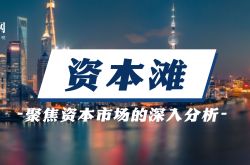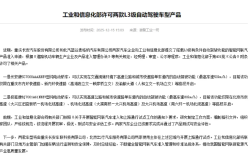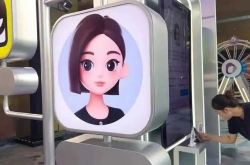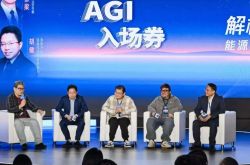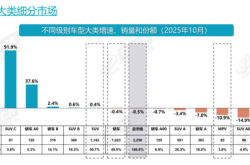Tesla's Shift of Safety Monitors from 'Co-Pilot' to 'Driver' Seat: Unveiling Practical Hurdles in Autonomous Driving Commercialization
![]() 09/08 2025
09/08 2025
![]() 613
613
Introduction: According to the Automotive Electronics Industry Research Society, Tesla has confirmed the installation of safety monitoring equipment in the driver's seat of its autonomous taxi fleet. The official Tesla Robotaxi account responded to Full Self-Driving (FSD) testers on X (formerly Twitter), elucidating the rationale behind relocating the safety monitor to the driver's seat.
This seemingly minor adjustment, in fact, signifies a substantial concession by Tesla in its pursuit of fully autonomous driving. The company's official statement clarifies: "The safety monitor is positioned solely in the driver's seat for highway journeys, as a prudent initial step towards self-regulated highway expansion."
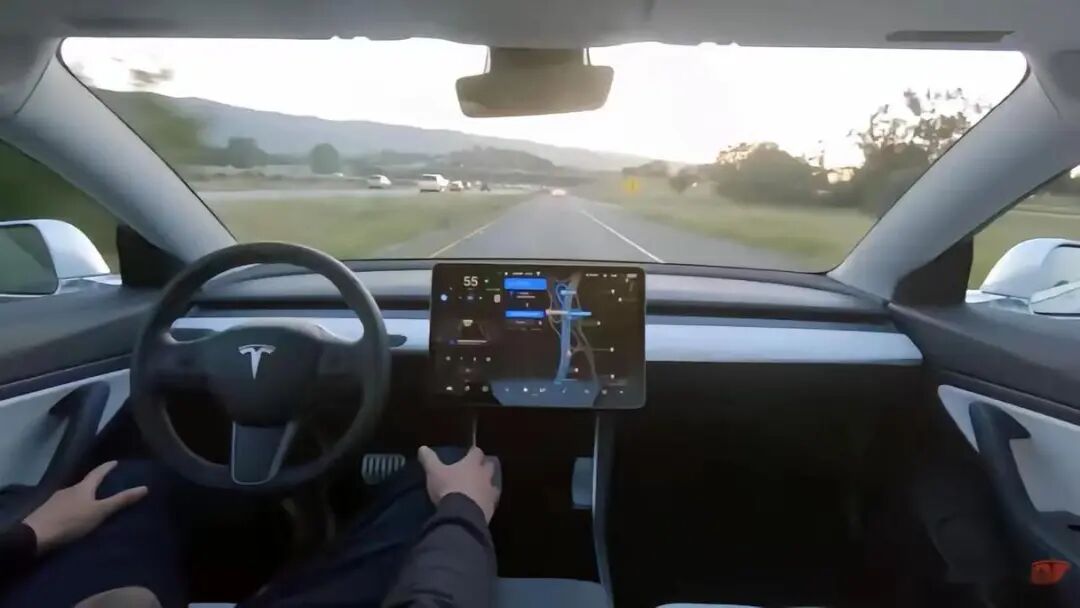
I. Strategic Shift in Safety Monitoring: From Absence to Presence
Tesla's autonomous taxi service initially made headlines in Austin for operating vehicles sans a driver on board.
Despite this, Tesla outfitted passenger seats with safety monitoring devices. These gadgets do not engage with passengers but are capable of reporting real-time issues and other behaviors of autonomous vehicles.
As the service extended to the Bay Area, the monitoring equipment was shifted to the driver's seat.
This alteration ignited widespread speculation within the electric vehicle community: Was it to comply with California regulations? Or was it a technical modification?
Long-term FSD tester Whole Mars Catalog surmised that it might be linked to newly enforced autonomous driving regulations in Texas.
Tesla's official explanation dispelled doubts: The repositioning of the monitoring equipment is a proactive safety measure undertaken by the company, particularly for highway trips.
This underscores Tesla's cautious approach in advancing autonomous driving technology.
II. The Delicate Balance Between Safety and User Experience
The presence of safety monitoring equipment epitomizes Tesla's struggle to strike a balance between technological innovation and user experience.
On one hand, the company must exude unwavering confidence in autonomous driving technology;
On the other hand, it must navigate regulatory mandates and public apprehensions.
This equilibrium is particularly critical as Tesla continues to face negative media scrutiny.
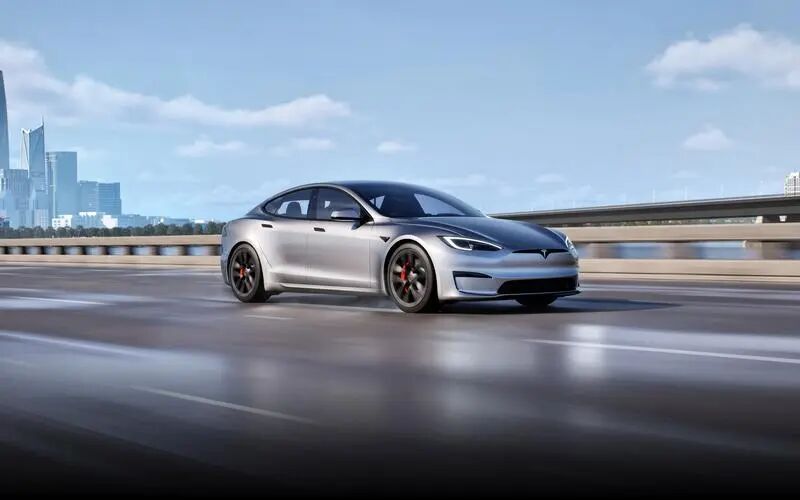
Any minor mishap or error could be magnified, tarnishing the reputation of the entire autonomous driving industry. Monitoring equipment serves as both a safety net and a source of data evidence for potential accidents.
From a user experience standpoint, monitoring equipment might induce discomfort among some passengers, akin to feeling 'watched.'
However, it can also bolster passengers' confidence in the safety of autonomous driving, especially in intricate scenarios like highway driving.
III. The Practical Challenges of Commercializing Autonomous Driving
Tesla's move sheds light on the actual hurdles encountered in commercializing autonomous driving.
Technological maturity is merely one facet; public acceptance, regulatory compliance, and safety assurance are equally paramount.
The evolution of monitoring equipment also mirrors a shift in Tesla's strategy: from absolute reliance on technology to acknowledging the necessity of human oversight.
This pragmatic approach may be more conducive to the long-term development of autonomous driving technology.
Notably, Tesla described this measure as a "cautious first step towards self-regulated highway expansion."
This suggests that monitoring equipment might be a transitional measure, potentially phased out as technology matures further and public acceptance grows.
IV. Industry Impact: Setting New Safety Benchmarks
As a frontrunner in the autonomous driving arena, Tesla's safety measures are poised to set industry benchmarks.
Other companies may consider adopting similar safety monitoring solutions when rolling out comparable services.
This approach also aids in establishing unified safety norms.
Data gleaned through monitoring equipment can offer invaluable insights for the development of autonomous driving technology, facilitating algorithm refinement and edge case management.
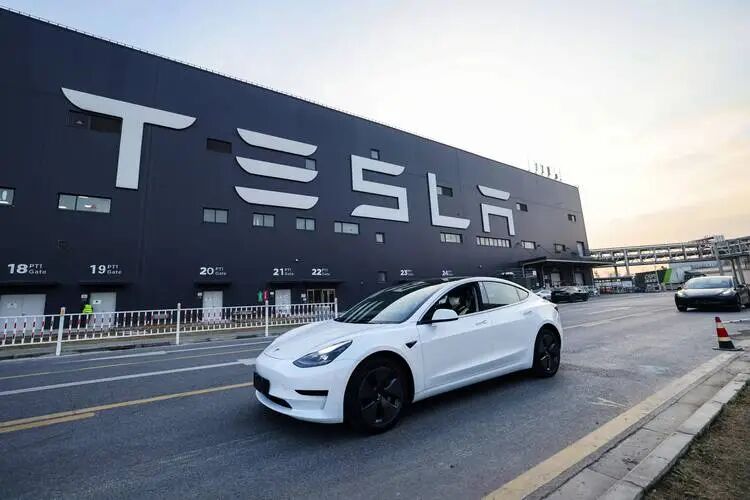
From a broader perspective, the introduction of safety monitoring equipment marks a significant transition in the autonomous driving industry from chasing technological breakthroughs to prioritizing safety and reliability.
This shift is pivotal for the industry's long-term sustainable development.
Conclusion: "Autonomous Vehicles Are Coming" (WeChat public account: Autonomous Vehicles Are Coming) posits:
Tesla's cautious approach to autonomous driving safety merits recognition.
While technology advances at a breakneck pace, maintaining a laser focus on safety is indispensable to truly earn public trust and foster the widespread adoption of autonomous driving technology.
Monitoring equipment may be a temporary necessity, but it underscores Tesla's serious commitment to safety responsibilities.
What are your thoughts, dear readers?
#AutonomousVehiclesAreComing #AutonomousDriving #SelfDriving #DriverlessVehicles #Zhangjiakou #AutonomousDrivingAcceleratesPenetrationIntoThirdAndFourthTierCities


